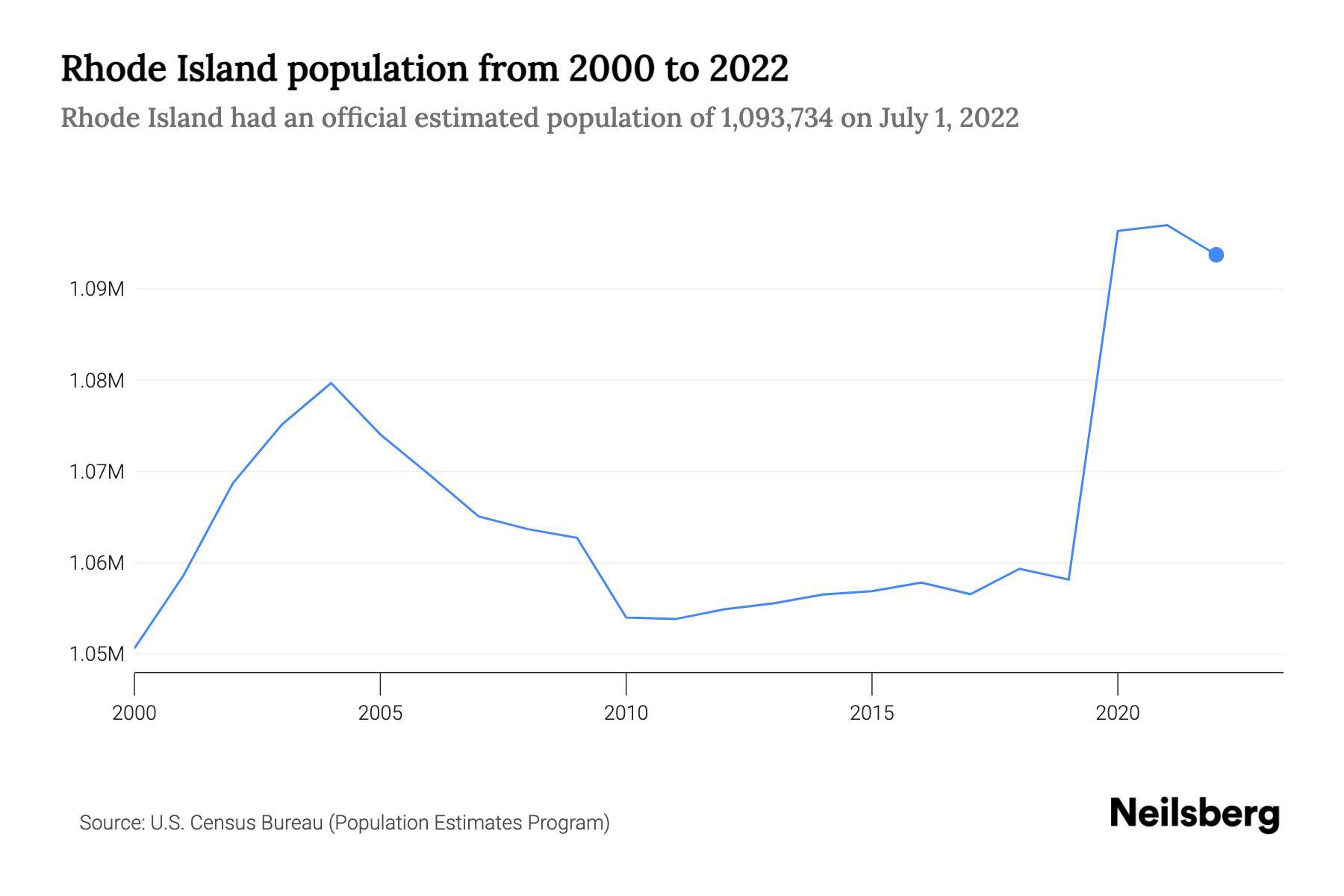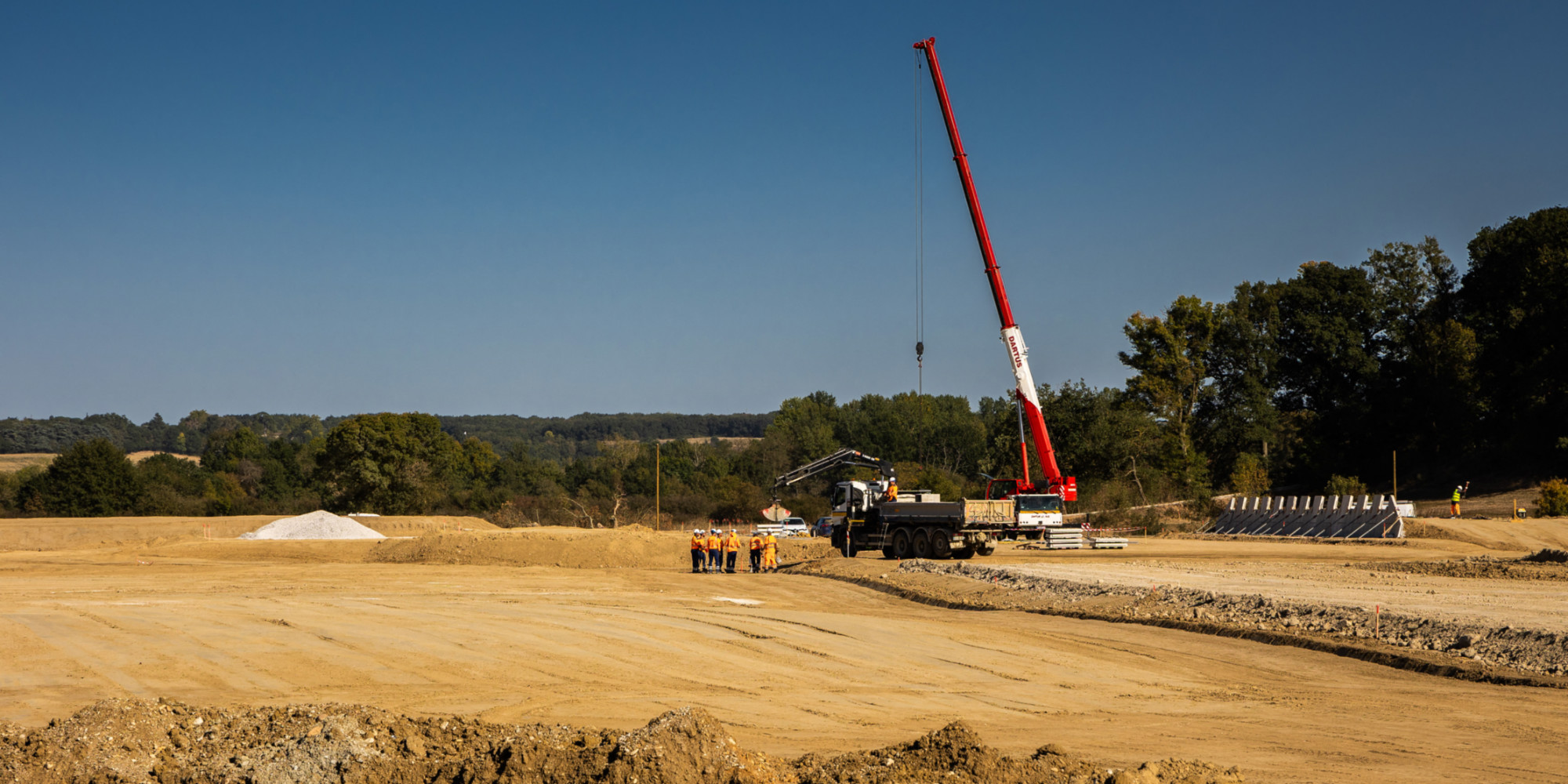Understanding California's Population: The Immigration Story

Table of Contents
Historical Waves of Immigration to California
Early Immigration (Pre-1900s):
The Gold Rush of 1849 dramatically altered California's demographic landscape, attracting immigrants from across the globe. This period saw a massive influx of people seeking fortune, significantly impacting California's population growth and development.
- Chinese Immigrants: Driven by the promise of gold and work opportunities, a significant number of Chinese immigrants arrived, facing discrimination and exclusionary legislation like the Chinese Exclusion Act of 1882. Their contributions to the construction of railroads and other infrastructure projects were monumental.
- Latin American Immigrants: Immigration from Mexico and other Latin American countries began early, often linked to agricultural labor and trade. Their presence enriched California's cultural tapestry even before the large-scale migrations of the 20th century.
- European Immigrants: Various European groups, including those from Ireland, Germany, and Italy, also contributed to California's growing population, bringing diverse skills and traditions.
This early period laid the foundation for California's multicultural society, although it was marked by significant inequalities and discriminatory practices against many immigrant groups. Legislation like the Chinese Exclusion Act highlights the complex and often unjust relationship between immigration policy and the realities experienced by newcomers.
20th and 21st Century Immigration:
The 20th and 21st centuries witnessed continued significant immigration to California, with major waves originating from Mexico, Asia (particularly China, the Philippines, India, and Vietnam), and other parts of the world.
- Mexican Immigration: Push factors like limited economic opportunities in Mexico and pull factors like California's agricultural needs led to substantial Mexican immigration, shaping the state's agricultural sector and cultural landscape.
- Asian Immigration: Post-World War II, large-scale immigration from Asian countries fueled growth in various sectors, from technology to healthcare. The 1965 Immigration and Nationality Act played a crucial role in altering immigration patterns, leading to increased diversity in the immigrant population.
- Policy Changes: The Immigration Reform and Control Act of 1986, for example, had a profound impact on the number and type of immigrants entering the US, including California. Understanding these changes in policy is key to interpreting demographic shifts.
Analyzing the push and pull factors that drive these migrations provides crucial insights into the dynamics of California's population growth. The interplay between economic conditions, political stability, and family ties has significantly shaped the state's demographics.
The Economic Impact of Immigration on California
Contributions to the Workforce:
Immigrants significantly contribute to California's economy. They play crucial roles across numerous sectors:
- Agriculture: Immigrants form a substantial part of the agricultural workforce, ensuring the production of fruits, vegetables, and other crops that are vital to the state's economy.
- Technology: California's tech industry heavily relies on the skills and innovation of immigrants, who often hold key positions in research, development, and engineering.
- Service Industries: Immigrants contribute significantly to various service sectors, including hospitality, healthcare, and construction.
Studies consistently show that immigrants contribute significantly to California's GDP and employment. The notion that immigrants “take jobs” from native-born citizens is largely a myth; economic studies frequently demonstrate that immigration often creates more jobs than it displaces.
Entrepreneurship and Innovation:
Immigrants are also major players in California's entrepreneurial landscape. They frequently start businesses, creating jobs and boosting innovation:
- Small Business Owners: A significant percentage of small businesses in California are immigrant-owned, contributing significantly to the state's economic vitality.
- Technological Advancements: Many successful tech companies were founded by immigrants, demonstrating their crucial role in driving innovation and economic growth.
The entrepreneurial spirit of immigrants consistently contributes to California's economic dynamism, creating jobs and driving innovation.
The Social and Cultural Impact of Immigration on California
Cultural Enrichment and Diversity:
Immigration has enriched California's cultural landscape in countless ways:
- Cuisine: California’s diverse culinary scene is a direct reflection of its immigrant populations, showcasing a vast array of flavors and traditions from around the world.
- Arts and Traditions: Immigrant artists, musicians, and performers have significantly contributed to California's vibrant arts and cultural scene.
- Languages: The prevalence of multiple languages reflects the state’s multicultural composition, creating a rich linguistic environment.
The cultural diversity brought by immigration makes California a dynamic and exciting place to live, work, and visit.
Challenges and Integration:
While immigration brings immense benefits, it also presents challenges:
- Language Barriers: Language barriers can impede access to education, healthcare, and other essential services.
- Access to Services: Ensuring access to affordable housing, healthcare, and education for all immigrants is a significant challenge.
- Cultural Misunderstandings: Differences in cultural norms and values can sometimes lead to misunderstandings and conflicts.
Addressing these challenges requires proactive policies and initiatives aimed at supporting immigrant integration, fostering inclusivity, and promoting intercultural understanding. Investing in language acquisition programs and community outreach is crucial to facilitating successful integration.
The Future of Immigration in California
Current Immigration Trends and Projections:
California's population continues to be shaped by immigration. Current trends and projections suggest that immigration will remain a significant factor in the state's demographic future. Understanding these trends is essential for planning and policymaking.
Policy Implications and Debates:
Ongoing debates surrounding immigration policy have significant implications for California's future:
- State-Level Legislation: California has consistently been at the forefront of advocating for immigrant rights and providing support services.
- Federal Policy Impacts: Changes in federal immigration policy directly impact California, affecting its economy and society.
Navigating these complex policy issues requires careful consideration of both the economic benefits and the social challenges associated with immigration.
Conclusion
The story of California's population is inextricably linked to its history of immigration. From the Gold Rush era to the present day, immigrants have significantly shaped the state's economy, culture, and social fabric. Understanding the historical context and ongoing impact of immigration is crucial for navigating the complexities of the present and building a more inclusive and prosperous future. Continue exploring the fascinating story of California's population immigration by visiting the Migration Policy Institute website and deepen your understanding of this vital aspect of the Golden State's identity.

Featured Posts
-
 Demission De Sahbane A L Usma Analyse D Un Changement De Direction
May 27, 2025
Demission De Sahbane A L Usma Analyse D Un Changement De Direction
May 27, 2025 -
 Shrakt Astratyjyt Aljzayr Walwlayat Almthdt Alamrykyt Yrtqyan Bqtae Altyran
May 27, 2025
Shrakt Astratyjyt Aljzayr Walwlayat Almthdt Alamrykyt Yrtqyan Bqtae Altyran
May 27, 2025 -
 Fans Rally Around Gwen Stefani Amidst Criticism Of Her Religious Beliefs
May 27, 2025
Fans Rally Around Gwen Stefani Amidst Criticism Of Her Religious Beliefs
May 27, 2025 -
 Gucci Cruise 2026 A Florentine Renaissance
May 27, 2025
Gucci Cruise 2026 A Florentine Renaissance
May 27, 2025 -
 Zamfara Police Foil Bandit Attack Kill Notorious Kingpin
May 27, 2025
Zamfara Police Foil Bandit Attack Kill Notorious Kingpin
May 27, 2025
Latest Posts
-
 A69 Une Nouvelle Strategie Pour Debloquer Le Chantier Autoroutier
May 30, 2025
A69 Une Nouvelle Strategie Pour Debloquer Le Chantier Autoroutier
May 30, 2025 -
 Autoroute A69 Le Debat Public Et La Relance Du Projet
May 30, 2025
Autoroute A69 Le Debat Public Et La Relance Du Projet
May 30, 2025 -
 Aeroport De Bordeaux Debat Sur La Piste Secondaire Et Mobilisation Citoyenne
May 30, 2025
Aeroport De Bordeaux Debat Sur La Piste Secondaire Et Mobilisation Citoyenne
May 30, 2025 -
 Controverse A69 L Action Des Ministres Et Parlementaires Face A La Justice
May 30, 2025
Controverse A69 L Action Des Ministres Et Parlementaires Face A La Justice
May 30, 2025 -
 Bordeaux Les Opposants A La Piste Secondaire Appellent A La Mobilisation
May 30, 2025
Bordeaux Les Opposants A La Piste Secondaire Appellent A La Mobilisation
May 30, 2025
